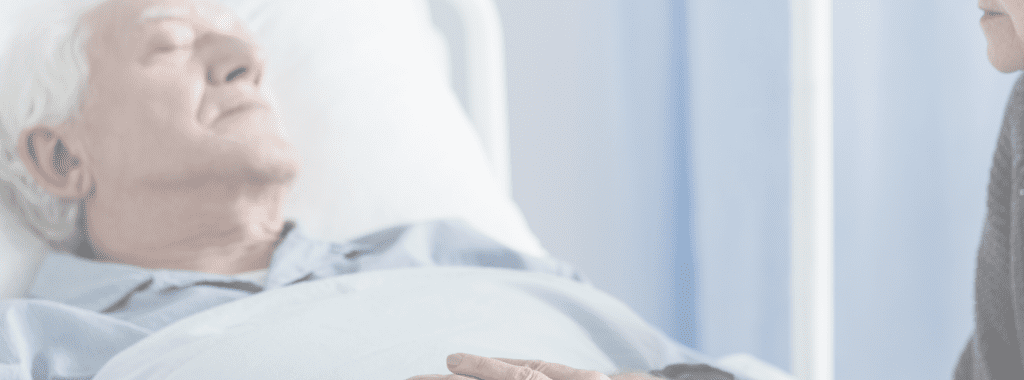After the coronavirus shuttered nursing homes across the country and turned the industry upside down, health department officials and infectious disease experts are now tasked with planning for what the future of nursing homes will look like after the pandemic.
According to Buffy Lloyd-Krejci, Board Certified in Infection Control and Epidemiology and owner of IPCWell, a company she founded to combat infectious diseases, nursing homes have been severely lagging in infection prevention standards for decades.
“This issue has been brewing under the surface for a long time. According to the Centers for Disease Control and Prevention (CDC), an estimated one to three million serious infections occur every year in these facilities resulting in 380,000 deaths. That’s 1,041 people dying each day,” said Lloyd-Krejci. “That reality should have been unacceptable then, but it took the COVID-19 pandemic to put it in the public eye.”
Out of the 15,600 Centers for Medicare and Medicaid Services (CMS) nursing homes in the US, 4,600 have coronavirus infections. Half of all the reported deaths are occurring in nursing homes.
“We know we have a high-risk population receiving care in these facilities and this is why we need to make infection prevention and control (IPC) a top priority,” says Lloyd-Krejci.
Planning for how to prioritize infection control and implement new IPC standards for the industry is a complicated question. The traditional response with burdensome federal and state regulations and punitive actions, including during this pandemic, is not the key to solving this problem. Hospitals are celebrated as heroes; nursing homes are vilified. This must change.
“Active collaboration must take center stage,” said Dr. Laura Witte who holds a PhD in Health Sciences with a concentration in Healthcare Administration. “Professionals in healthcare, legislative experts and industry specialists must come together and work jointly to create new standards which will result in positive change.”
The future of caring for our vulnerable patients in nursing homes hinge on changing our priorities. We cannot go back to “business as usual” adds Lloyd-Krejci. What will it take to support our healthcare workers? To educate and empower them to implement strong and effective infection prevention practices.
Lloyd-Krejci believes that a major focus on infection prevention and control is needed. As part of her advocacy platform, she is seeking to effect change to reduce the rate of infections in nursing homes. Similar programs have been very effective in hospitals. The Hospital Improvement Innovation Network (HIIN), for example, has created measures that successfully reduced the number of infections in hospitals.
CMS, the federal agency that regulates nursing homes, recently announced that nursing homes will now need to report COVID-19 data into the CDC, this is a step in the right direction. “Without proper tracking, measuring, and reporting we will not know the true burden of infections within this healthcare setting and how to solve this problem.”
Can it be done? Lloyd-Krejci is optimistic. “Change is not easy, but our vulnerable patients deserve this high level of care and our healthcare workers deserve appropriate training and resources. As Margaret Mead once said, ‘Never doubt that a small group of thoughtful, committed, citizens can change the world. Indeed, it is the only thing that ever has.’” said Lloyd-Krejci.
To learn more about the advocacy and nursing home support efforts by Lloyd-Krejci visit www.IPCWell.com/advocacy IPCWell is devoted to mitigating infectious diseases and inappropriate antibiotic prescribing in all healthcare settings to reduce adverse events, infections, antibiotic resistance, re-admissions, and death. Founded by Buffy Lloyd-Krejci, IPCWell is dedicated to impacting positive change in infection prevention and control in long-term care facilities.
As seen in https://azbigmedia.com/business/nursing-homes-face-battle-as-industry-rebuilds-post-covid-19/

